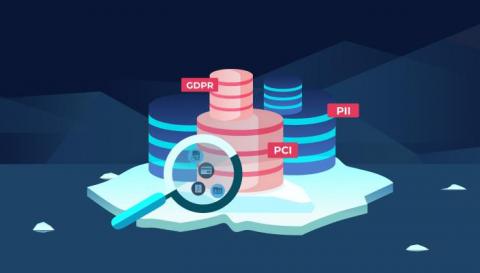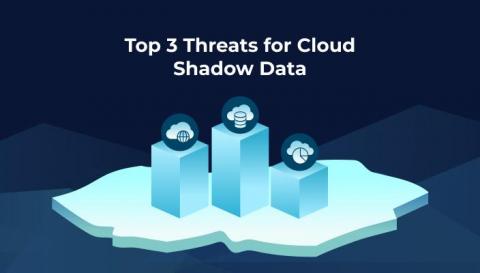Data Sovereignty vs. Data Residency: 3 Myths Uncovered
Data sovereignty and data residency are often confusing for businesses managing data across borders, especially with the rise in cloud infrastructure, multi-cloud, and hybrid. This issue is exacerbated when the term is used interchangeably. While they both relate to data - data sovereignty and data residency are two different things. Here's what they are in a nutshell: These terms are often used interchangeably, but there are important distinctions between the two.





